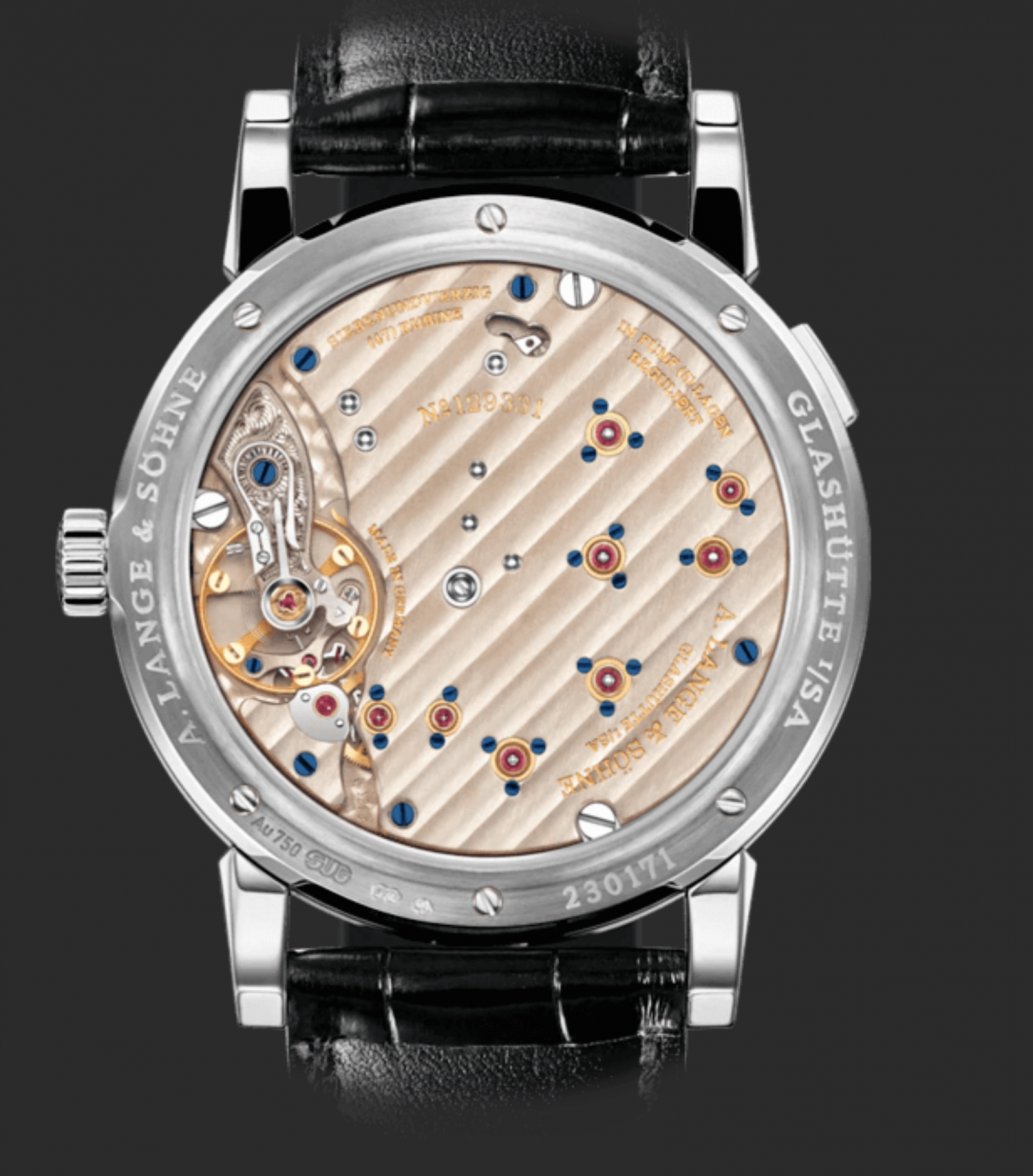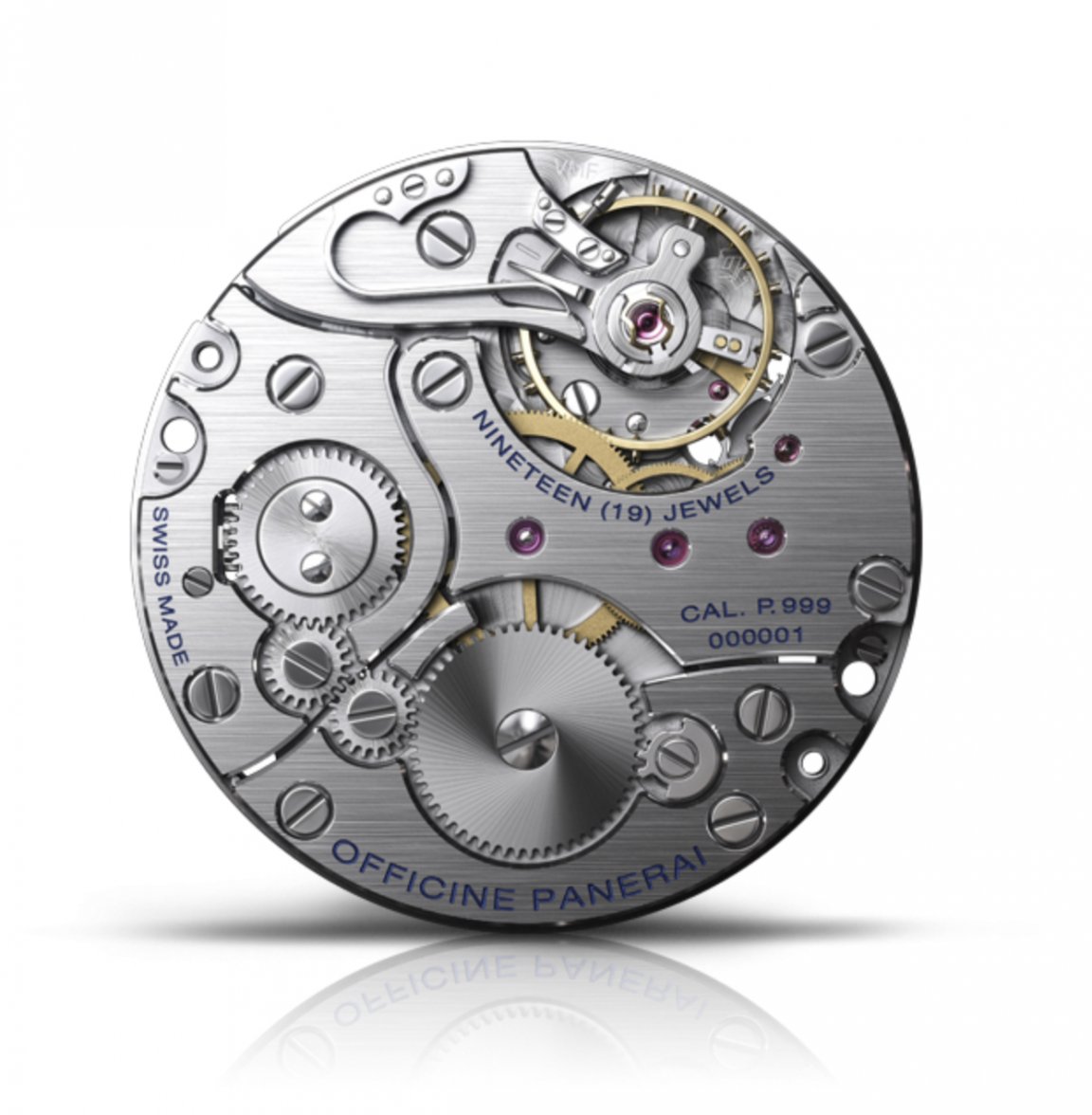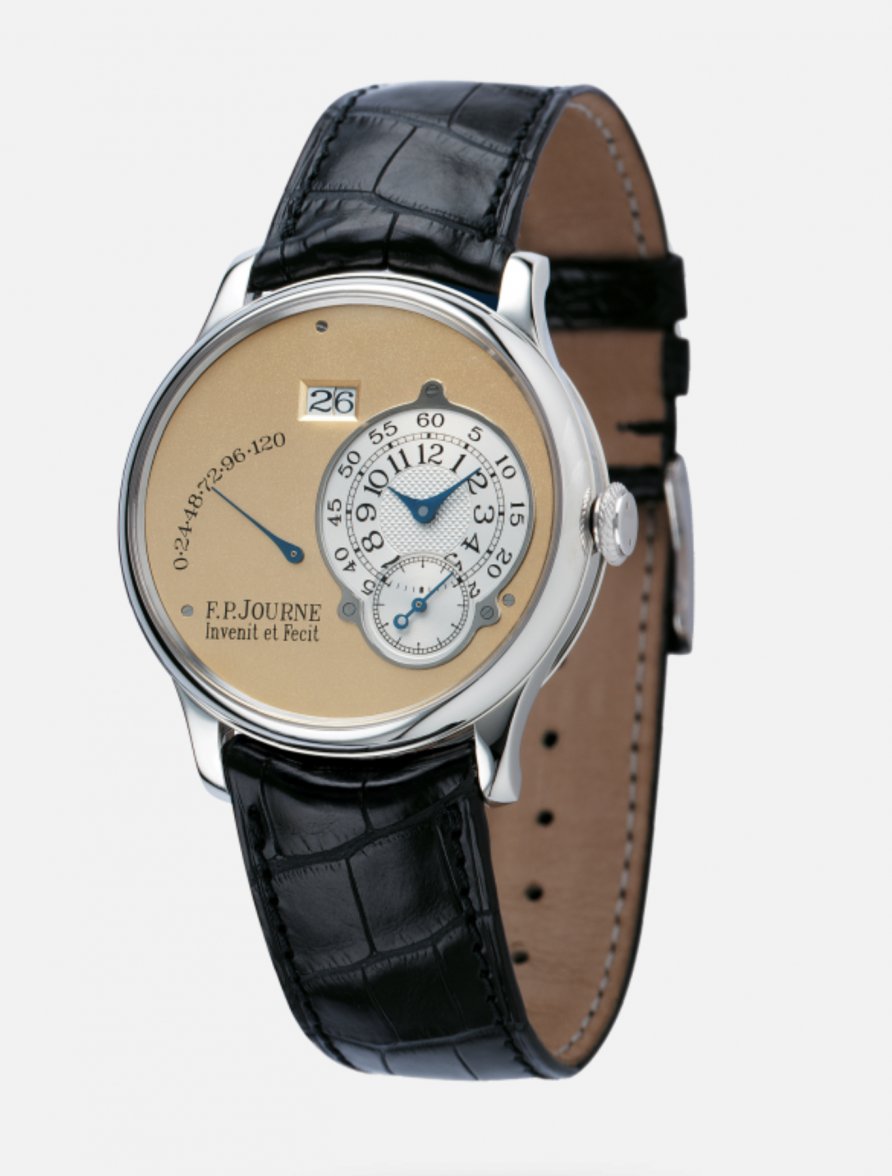The 3/4 bridge is part of German watchmaking history. The transition from the 2/3 to the 3/4 bridge in Germany happened in the 1860's.
In a watch movement, each bridge is located and fastened to the main plate via screws, but also posts that do the actual locating. The locations of each jewel in the bridge determine the location of the wheel, and the spacing of these needs to be accurate. If the hole locations are out of tolerance, it can lead to spacing that is too far apart, too close together, or a wheel ends up tilted too much inside the movement, leading to power transmission problems. By making one large bridge instead of several small bridges, it was easier to prevent the stacking up of tolerances from each individual bridge causing a problem.
So in effect, the movement was able to be made more precisely this way. But today, it's more about tradition than anything technical.
Cheers, Al



